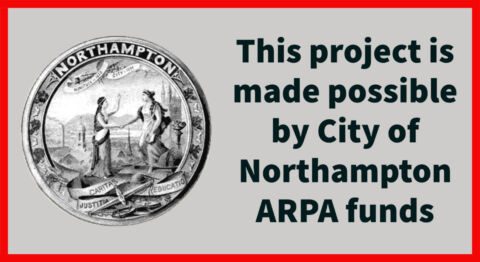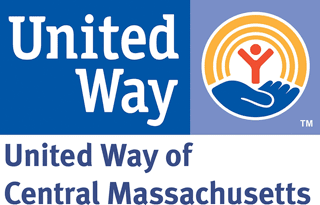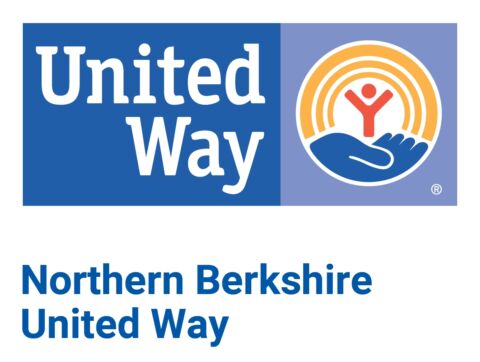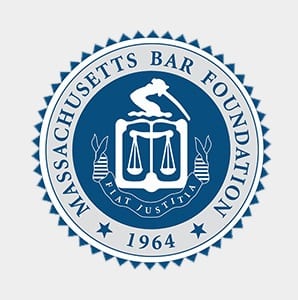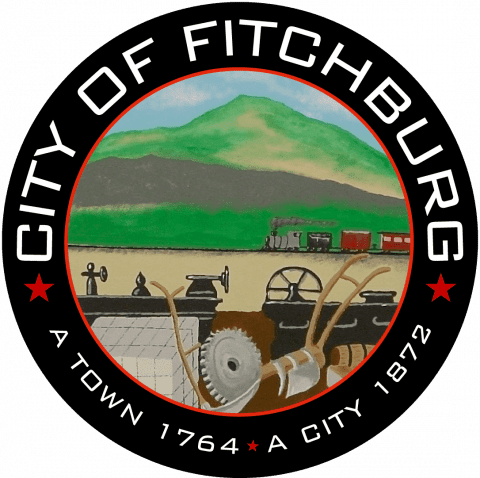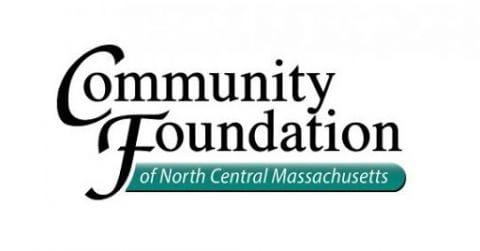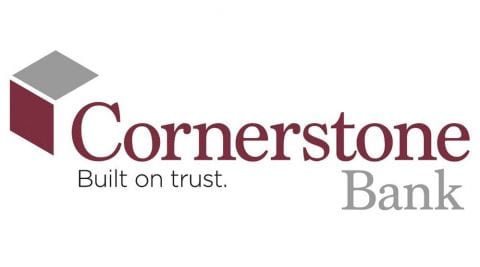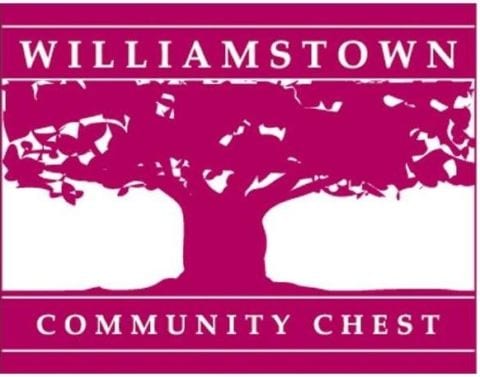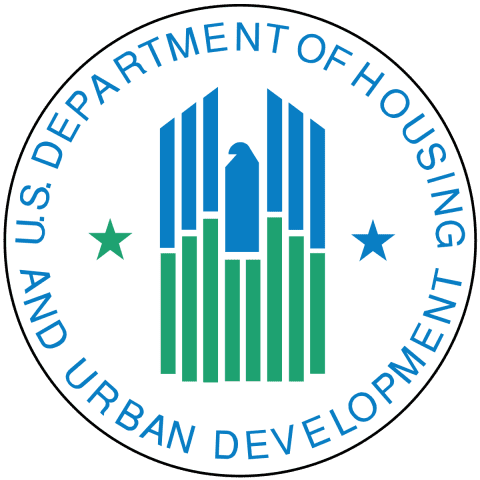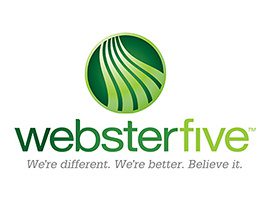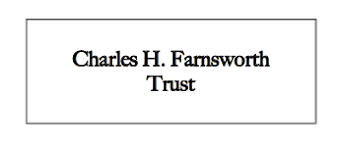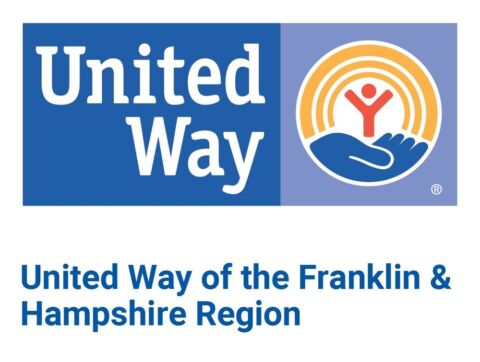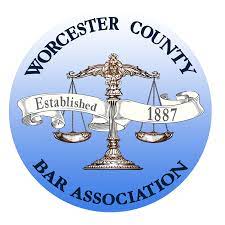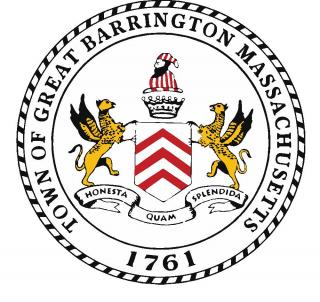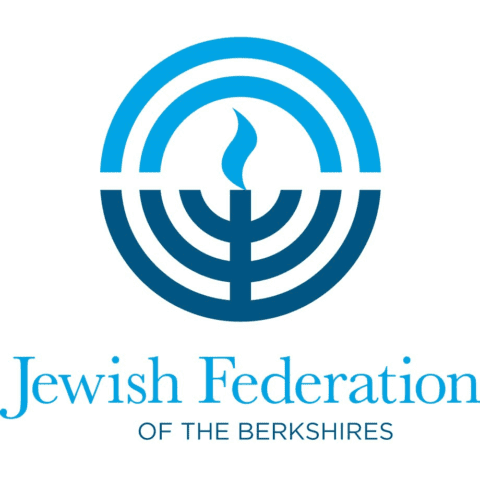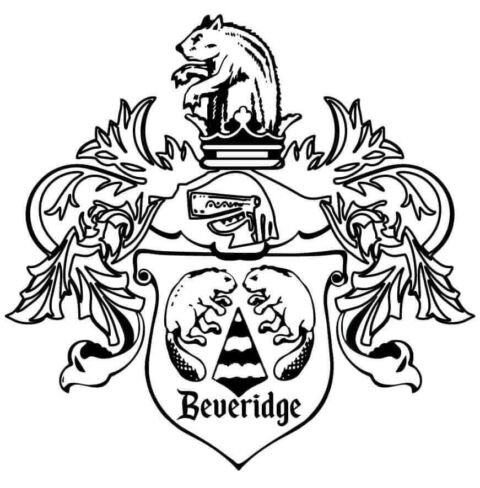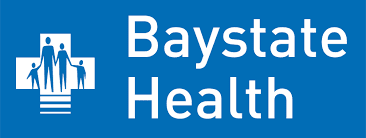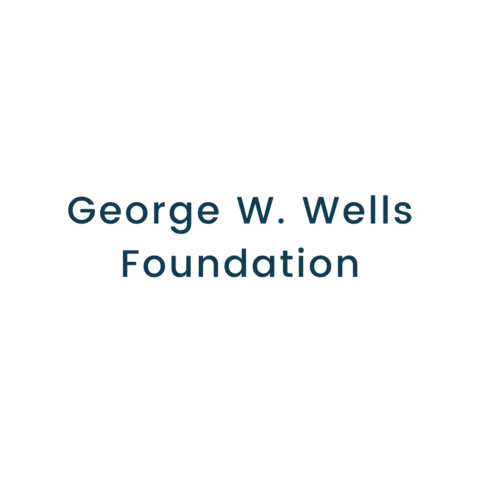April 27, 2022
Guest columnist Nuri Sherif: Help us undo the toxic legacy of discrimination in housing
BY Daily Hampshire Gazette
It’s easy to look at redlining — refusing a housing loan to someone because they live in an area deemed to be a financial risk — as a distant relic of the 20th century. With legislation like the Fair Housing Act passed in 1968, we’d like to think that surely we have solved racially and socioeconomically motivated problems with housing.
On a recent research trip to the National Archives, I stood with a 1930s hand-drawn redline map of neighborhoods of Fall River, Massachusetts, in my hands. Neat blocks of contrasting color — green for “advancing” areas, blue for “stable” areas, orange for “declining” areas, pink for “bad” areas — were still visible, and it struck me how deeply embedded housing segregation was and is.
In an addendum, marked “confidential,” to the official 1937 Home Owners’ Loan Corporation (HOLC) report for Chicopee and Holyoke, W.C. McClelland and Owen Thompson, two HOLC field agents, dissected the “desirability” of each community through interviews with area banks and carpenters, neighborhood tours, and assessments of local industry.
McClelland and Thompson did all of this to “graphically reflect the trend of desirability in neighborhoods from a residential view-point.” The so-called value ascribed to various neighborhoods would serve as a roadmap for federal mortgage lenders to decide which communities were worth investing in and which aspiring homeowners would be approved for a loan.
In Holyoke, only the northernmost Highlands and a two-block residential area off Northampton Street were deemed “desirable.” According to HOLC, there were no “desirable” neighborhoods in Chicopee. Based on swaths of yellow on the map, most of Chicopee and measurable parts of Holyoke represented areas “lacking homogeneity” due in part to the “infiltration of a lower grade population.”
Because these designations guided banks and housing lenders in their assignments of mortgages, “native-born whites” got to accumulate property wealth in the wake of the Great Depression while others, the “undesirable population,” remained in poverty.
Eighty-five years after this report, racial and socioeconomic segregation in housing is still prevalent in the Pioneer Valley. For example, overlaying Housing and Urban Development’s 2020 Low Poverty Index with the redline maps for Holyoke and Chicopee, the HOLC “grades” generally track the contemporary prevalence of poverty in the two communities. The Holyoke Highlands, for example, show the least exposure to poverty whereas neighborhoods designated in 1937 as “declining” and “bad” exhibit the two highest poverty rates by HUD.
Such a bleak assessment does not need to be a death knell, however, because what was built by humans can be deconstructed and rebuilt by humans. Such is the goal of fair housing programs like the HUD-funded Springfield Fair Housing Project at Community Legal Aid.
In my capacity as fair housing testing coordinator, I work alongside fair housing attorneys, clients, and community members to gather information about alleged and potential housing discrimination in Hampden County. That handdrawn map with its careful color-coding does not represent who we must be. Individuals interested in advancing change can help me — help us — undo housing segregation’s toxic legacy.
Nuri Sherif is the fair housing testing coordinator based in Community Legal Aid’s Springfield office. If you would like to join the effort and become a fair housing investigator with the Springfield Fair Housing Project, please visit communitylegal.org/get-involved/work-with-us/fair-housing-testing/ or email Nuri at nsherif@cla-ma.org to learn more.





